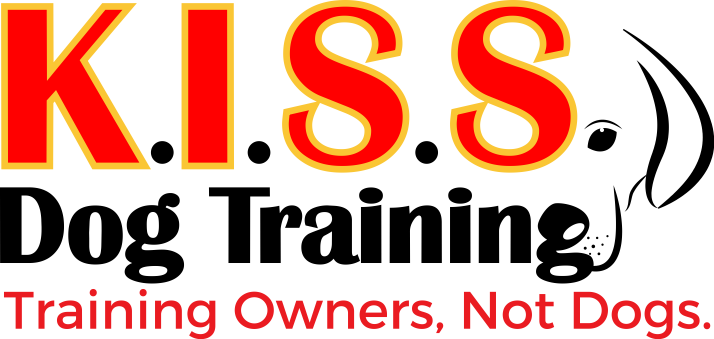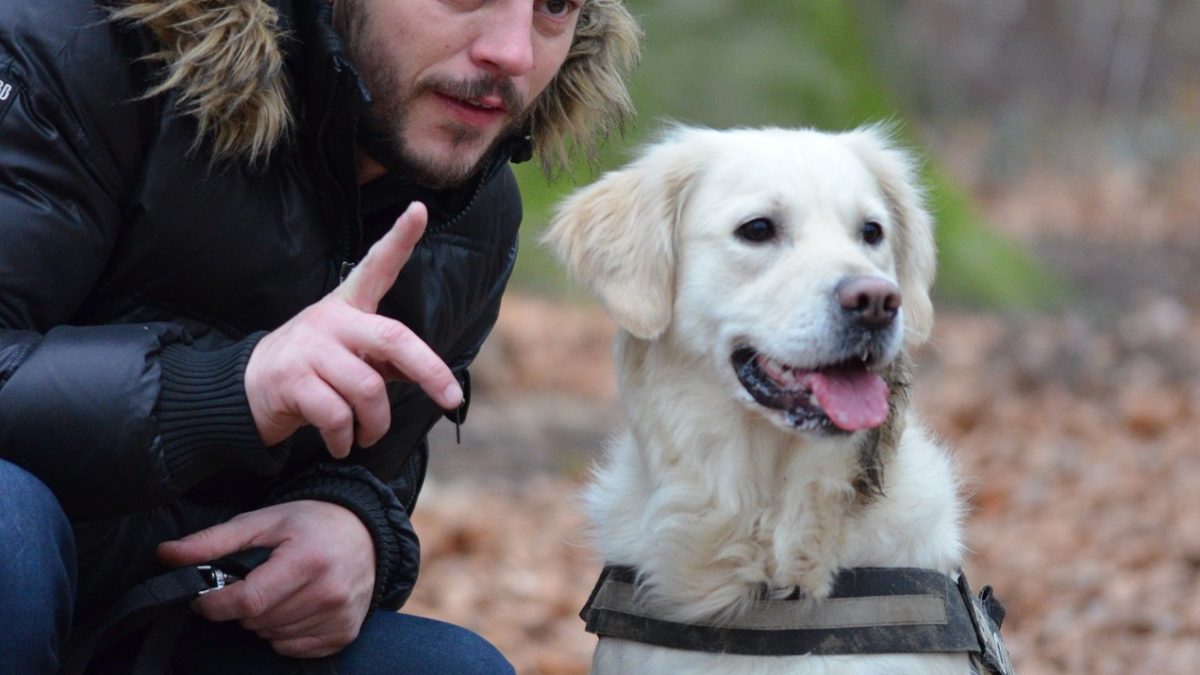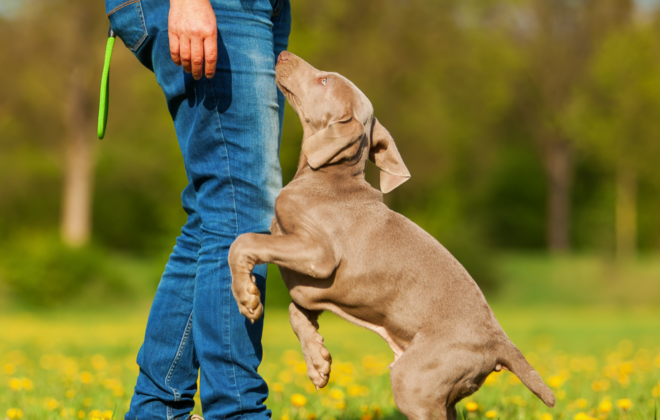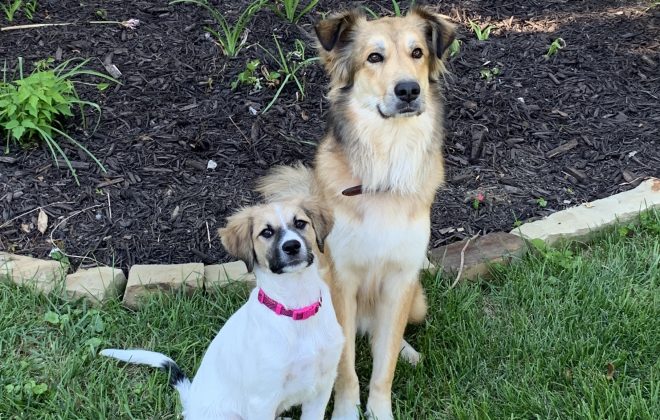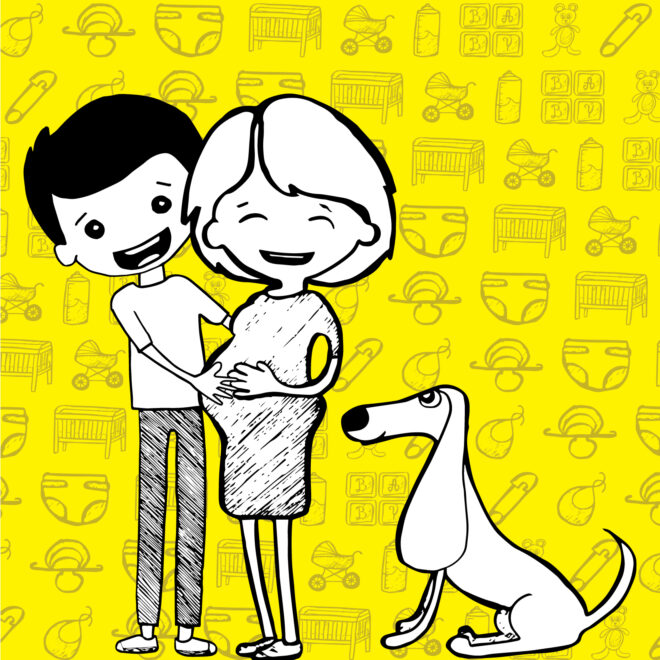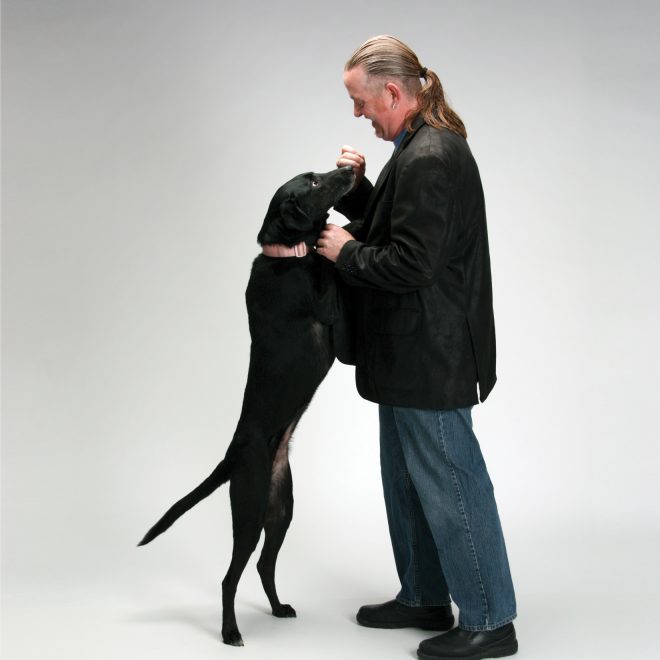Training Terminology 2 – Cues
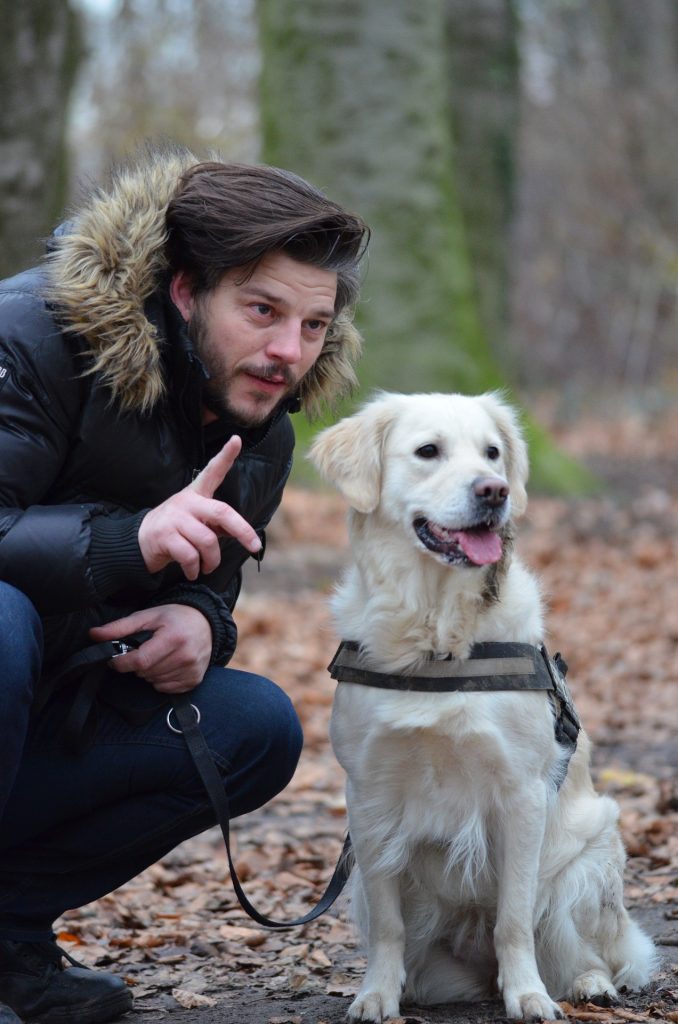 Okay, we know how to tell our dogs what they have done right and what they have done wrong. Remember the last blog post…positive and negative markers? So now have to address how we tell our dogs to do something (cues).
Okay, we know how to tell our dogs what they have done right and what they have done wrong. Remember the last blog post…positive and negative markers? So now have to address how we tell our dogs to do something (cues).
For me they fall into two basic categories, verbal cues and hand signals. A cue is nothing more than how we ask a dog to do something. For example, I can ask Fido to put his rump on the ground by saying the word sit, or by flipping my hand upward, palm up (my hand signal for sit.) Both, if taught, will work. So is one better than the other?
I don’t really think so, but I do think that you must first start by teaching hand cues or signals when training a dog to do something. Just so there is no confusion, the words cue, command and signals are all synonymous in dog training, they mean the same thing. I don’t care to argue subtleties or word meanings here; suffice it to say they all mean the same thing. So why do hand signals need to be taught first? Simple, DOGS DON’T SPEAK ENGLISH! If you have read any of my blogs you have noticed that this is a common theme in teaching dogs anything. I am here to tell you that making dog training easier for dogs is the best way to make dog training easier for people!
I know this won’t be popular with all, but I have learned that if you insist on teaching a dog like a human, you will fail; but if you think like a dog as you teach, you will be much more successful with your dog. Remember, dogs have no ability at all with what English teachers call syntax (i.e. sentence structure, meaning or understanding with context.) So, speaking to our dogs is about as helpful for them as us understanding who is on the phone by the sound of the ring! (Cell phones with special ringers don’t count!) Instead of expecting the dog to conform to us, we need to conform to him. Dogs do understand body language and body position very well, so why not start there? Walla – hand signals. Remember the following motto…Keep it Simple Stupid!
I have basically 5 hand signals I use with my dogs. They are for watch me, sit, down, stay and come. What they are is not as important as consistency of use. Mine are pretty simple; Watch Me… pointing my index finger to my nose; Sit…bringing my hand upward ,palm up; Down…bringing my hand downward palm down; Stay…showing the dog my hand palm forward and Recall…my arm straight out from my side and bringing it down and slapping my leg. As we go on with the blog posts I will discuss each of these in detail. In fact, recall or come when called has already been done! (see the posts on Recall) Once a dog is reliably responding to your hand signal (80% of the time) it is time to add the word or combine cues.
The trick to this is to always lead with the unknown cue or command…which in this case is the spoken word. Why? Because if I gave the dog the hand signal before saying the cue he/she would simply ignore it. Remember, the verbal cue has no bearing since the dog already knows what to do when they see the hand signal. After several repetitions of saying the verbal cue, such as sit, and then following immediately with the known cue or hand signal, something amazing happens; they begin to mean the same thing to the dog! Now I have two cues, verbal (command) and body language (hand signal), that are interchangeable to the dog. From my prospective, the word is simply to make us primates feel better, but the body language (hand signal) is really what facilitates communication between our two species! With enough practice we could say “pineapple sherbet” instead of “sit” and it would work as well! A fine example of how dogs don’t understand English.
So remember that cues are simply how we ask our dog to do something. What we say is not nearly as important as how we relay the meaning. Training will go much faster if you start with a hand signal then combine it with a word at a later stage. The goal here is to make training easier for the dog and you, so think less like a human and more like a dog!
It is not as much about the time invested in training a dog, but more about the consistency of the training that is important. It would be better to spend 15 minutes a day, seven days a week rather than spending 2 hours a day, three days a week. Remember, having fun is vital to teaching anything to anyone so RELAX.
Look for the next blog post…Training Terminology 3 – Release Word(s)
Search Blogs
Most Popular Posts
Best Selling Books
K.I.S.S. Dog Training proudly serves the Kansas City Metro, Overland Park and Surrounding Areas. 40 miles, 20 miles each way from Shawnee, KS is included for In-Home Sessions... Over that mileage is an additional charge of $1.00 per mile... Call with Questions
Contact Us Today!
K.I.S.S. Dog Training
Shawnee, Kansas
(913) 269-7595
